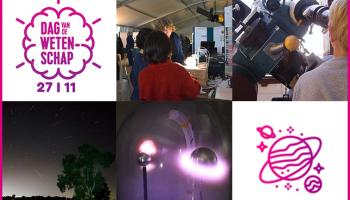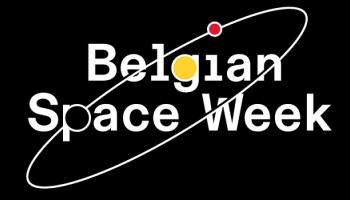Every individual has something relevant to say, something you never thought of. A human mind is restricted to its experiences, knowledge and perspectives. No one can do all or know all. This is the central argument for the need of diversity, and today, on the International Day for Women and Girls in Science, we want to emphasize the need for women’s perspectives and abilities in scientific research.
On 29 November 2022 at 10 a.m., Secretary of State Thomas Dermine, Scientific Director Valérie Trouet and Operational Director Ella Jamsin officially opened the Climate Centre at the Space Pole in Uccle. Belgian and international scientific, industrial, academic, federal and political representatives attended this event. Bertrand Piccard, who flew around the world with the solar plane Solar Impulse, was the special guest.
Sunday, 28th of November 2021 is Science Day in Flanders and Brussels, a dazzling day full of discovery, experimentation and fun ! Find all possible activities via www.dagvandewetenschap.be.
As is the case every year, our Institute will participate as well, with four different activities, available in Dutch.
From 17 to 21 October 2022 plenty of activities, lectures, public events are taking place in the framework of the Belgian Space Week. Several astronauts, of which part of the crews of our two Belgian astronauts will come to Belgium to take part in the events to celebrate the birthdays of their first flight.
Royal Belgian Institute for Space Aeronomy and Royal Meteorological Institute actively participate in the new European project, EURAMET’s EPM project BIOSPHERE, which aims to study the consequences of the increasing of the biologically active UV and space radiations, with significant implication for human health, plants and ecosystems, like cancers and cellular dysfunctions.
During the Open Days of the Space Pole in Uccle (September 2022), atmospheric researchers from the Royal Belgian Institute for Space Aeronomy (BIRA-IASB) displayed the following posters on a wide range of topics within the field of aeronomy.






